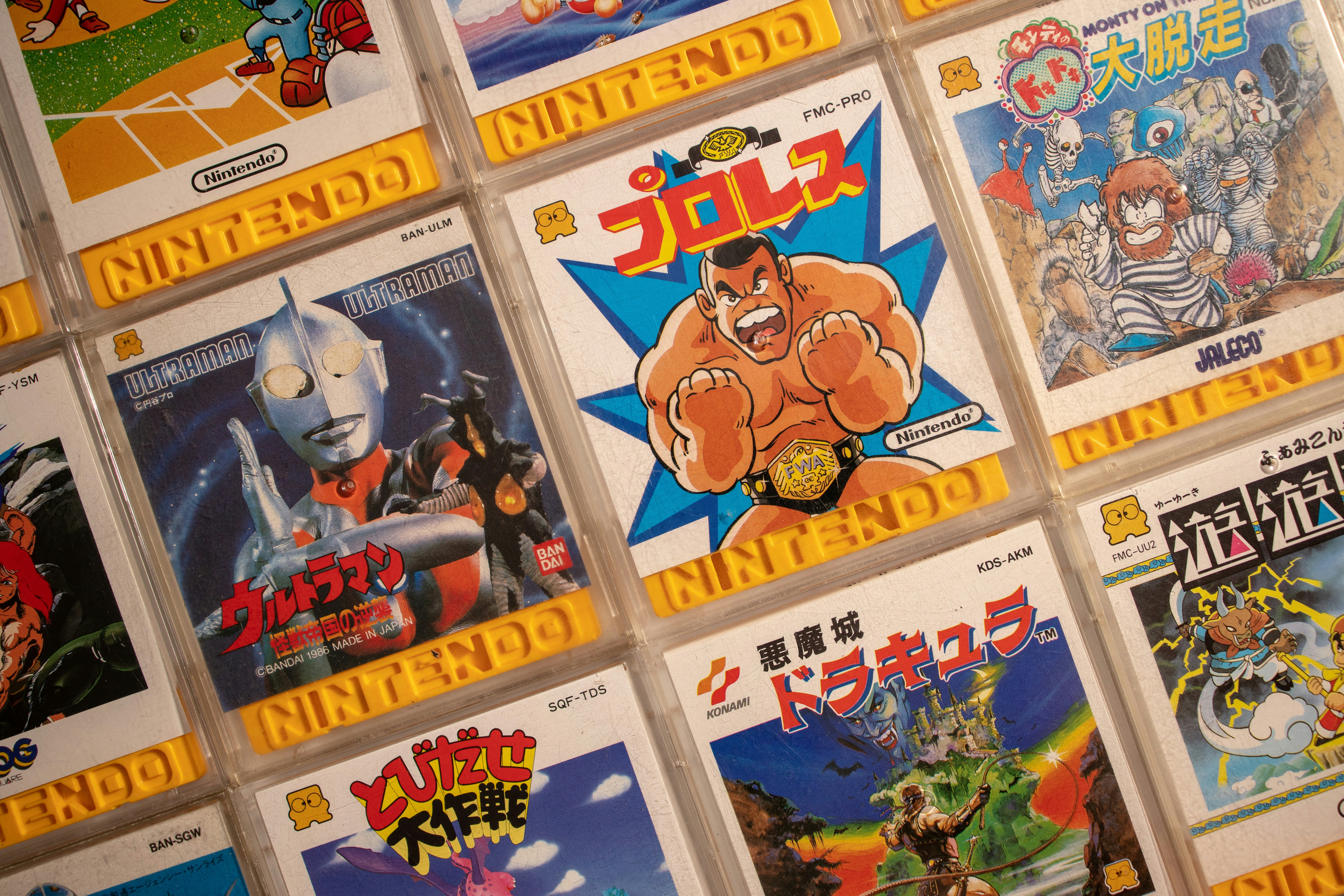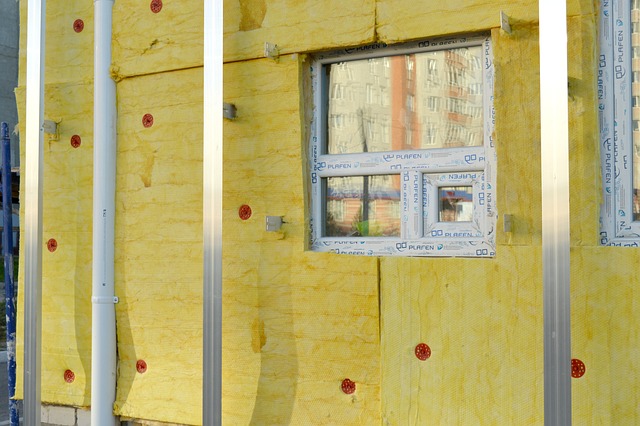From Script to Screen: The Flourishing World of Anime Adaptations
In the vast realm of arts and entertainment, a current trend is captivating audiences worldwide: the surging popularity of anime adaptations. This phenomenon, originating from Japan, has transcended borders, cultures, and languages, reshaping the film and television landscape. Dive into the intriguing journey of anime - from printed manga to motion-picture marvels.

The Emergence of Anime: A Historical Overview
Anime, a style of animation originating in Japan, has a rich and complex history. Its roots can be traced back to the early 20th century when the first Japanese animated works were produced. However, it wasn’t until the post-World War II era when anime truly began to flourish. Influenced by the works of Walt Disney, pioneering Japanese animators such as Osamu Tezuka began to create their unique style of animation, leading to the birth of iconic series like Astro Boy in the 1960s.
The Shift from Manga to Anime: A New Medium for Storytelling
Traditionally, anime series were adapted from manga, the Japanese equivalent of comic books or graphic novels. This adaptation process was initially a method to capitalize on the success of popular manga series. Over time, however, anime evolved into more than just moving illustrations of manga. It became an entirely new medium for storytelling, with its unique visual techniques, narrative devices, and cultural nuances. The intricate artistry and narrative depth of anime series soon captured the attention of audiences beyond Japan’s borders.
The Current Anime Adaptation Scene: A Global Phenomenon
Now, the process of adapting anime from manga has taken a broader global stage. Streaming platforms like Netflix and Amazon Prime have begun producing anime adaptations of popular manga series, exposing these distinctive Japanese narratives to a wider global audience. Notable examples include “Attack on Titan,” “One Punch Man,” and “Death Note.” The popularity of these series has encouraged more creators to explore this form of adaptation, leading to a thriving anime industry.
The Impact and Reception of Anime Adaptations
The impact of anime adaptations on the global entertainment scene is significant. They have not only introduced audiences to a new form of storytelling but have also led to a greater appreciation of Japanese culture worldwide. The reception has been overwhelmingly positive, with many praising the creativity, narrative depth, and visual artistry of anime adaptations. Furthermore, they have sparked a renewed interest in the original manga series, resulting in a symbiotic relationship that benefits both mediums.
The Future of Anime Adaptations: A Promising Horizon
The future of anime adaptations looks promising. With the continued growth of streaming platforms and the increasing global interest in anime, the possibilities for this unique form of adaptation seem endless. As the world continues to embrace the captivating charm of anime, we can expect to see more unique stories, imaginative worlds, and complex characters brought to life on our screens.
In conclusion, the rise of anime adaptations represents a fascinating development in the arts and entertainment industry. It underscores the dynamic nature of creative expression and the boundless potential of storytelling across different mediums. And as we continue to explore this captivating realm, one thing is certain: the world of anime adaptations has much more to offer.




